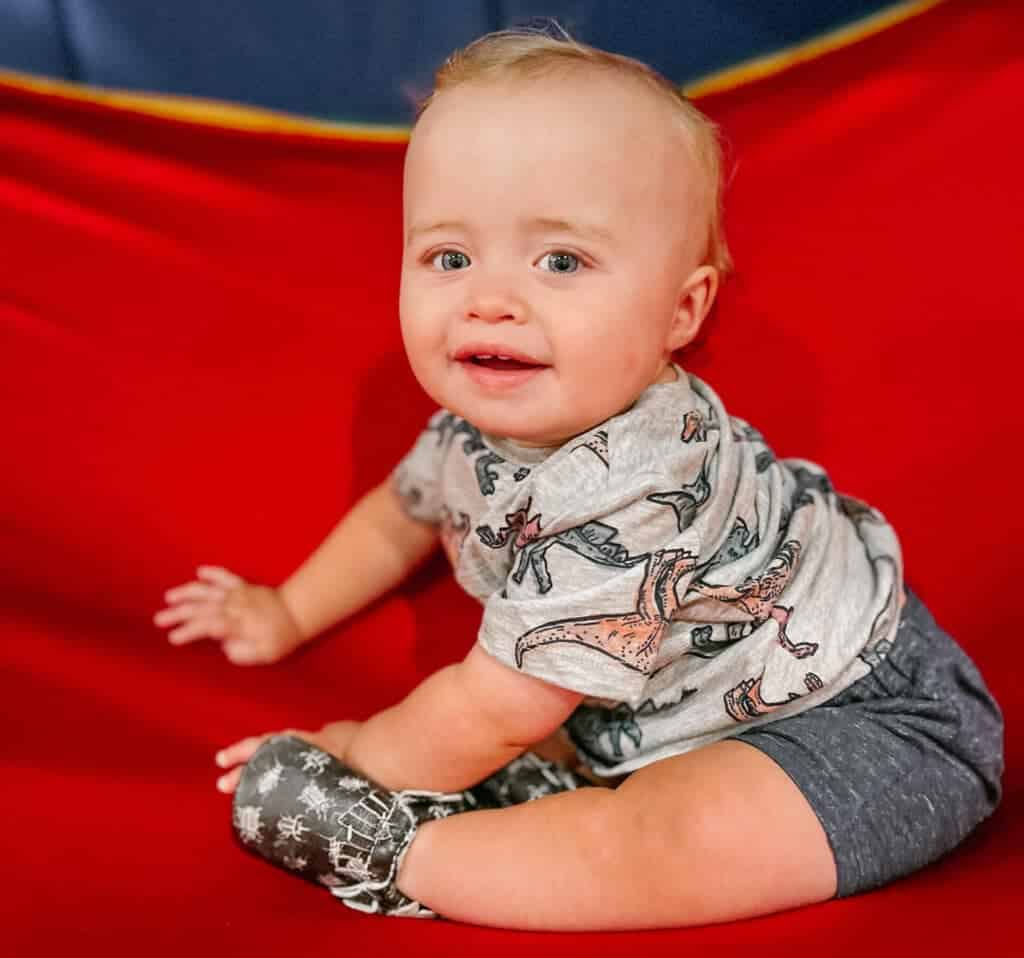Walking is one of the most significant milestones in a child’s life. The shoes they don early on can have lasting impacts on their posture, gait, and musculoskeletal health. As seasons evolve, so should the considerations parents make for their child’s footwear. From a physical therapy perspective, here’s a guide on choosing the right shoes for young children across seasons.
For the Early Walkers:
1. Flexibility: Shoes should bend and twist in your hands. This malleability promotes the natural movement of a child’s foot.
2. Flat Soles: Heels or wedges can interfere with a child’s balance. A flat sole aids in stable weight distribution.
3. Breathability: In summer, shoes made of breathable material help prevent overheating and moisture buildup.
4. Snug but Not Tight: A shoe should fit well without constricting the foot. Room to wiggle toes is vital!
5. Wide Toe Box: This feature is crucial. A wider toe box allows toes to spread naturally, aiding balance and reducing the risk of developmental issues or deformities.
6. Ankle Support: Especially crucial for early walkers, shoes with proper ankle support provide stability, helping to prevent wobbles and potential injuries.
Summer Selections:
1. Open vs. Closed: Sandals with a back strap are a secure choice. Closed shoes, if preferred, should be made of light, breathable material.
2. Grip is Essential: Non-slip soles are crucial, particularly near pools or damp areas.
3. Avoid Flip Flops: They offer minimal support or protection for young, active feet.
Winter Wonders:
1. Insulation: Shoes should be breathable but also offer insulation against the cold.
2. High-Ankled Boots: These boots offer enhanced stability on slippery surfaces and protect against cold. The high ankle also provides added support.
3. Non-Skid Soles: With ice and snow in winter, a shoe with good grip is a must.
4. Room for Socks: Winter shoes should have some extra space for thicker socks without compressing the foot.
In conclusion, the aesthetics of a shoe, while appealing, should always come secondary to its functional attributes. The right shoe not only shields the feet but also supports the holistic physical development of your child. When unsure, your pediatric physical therapist is a valuable resource to tap into.

